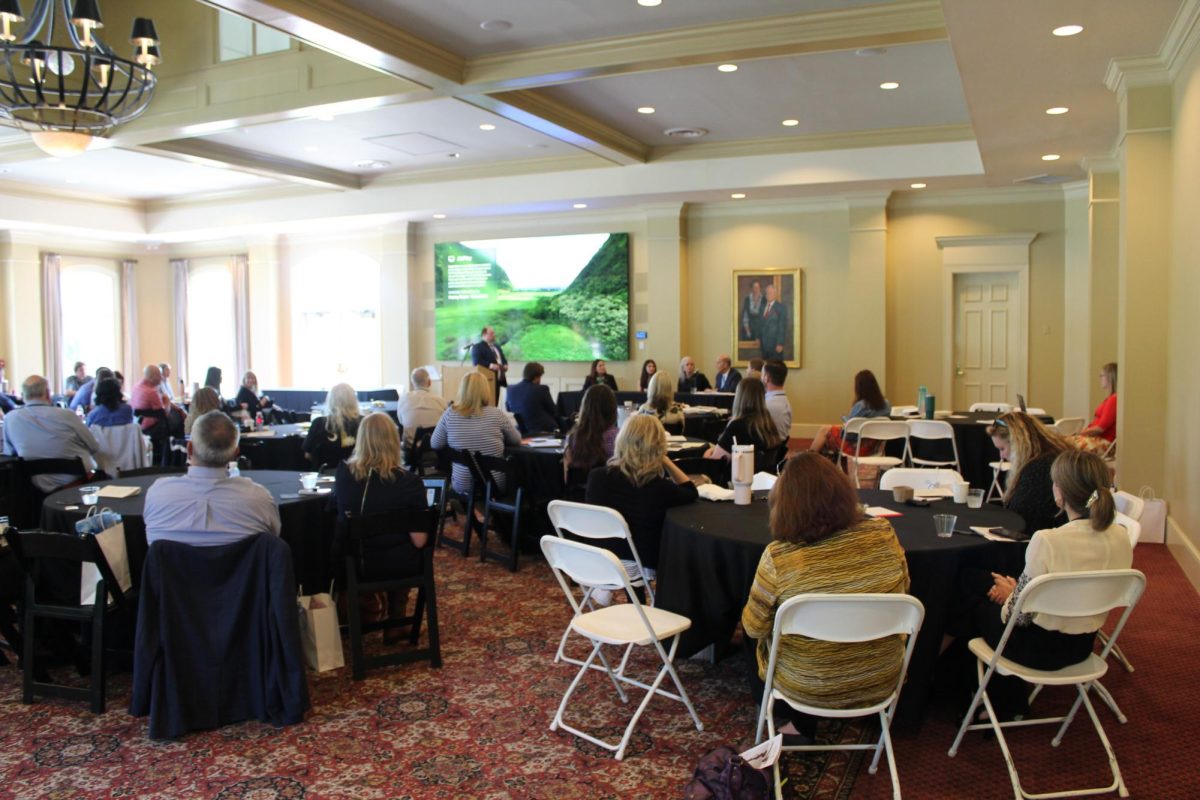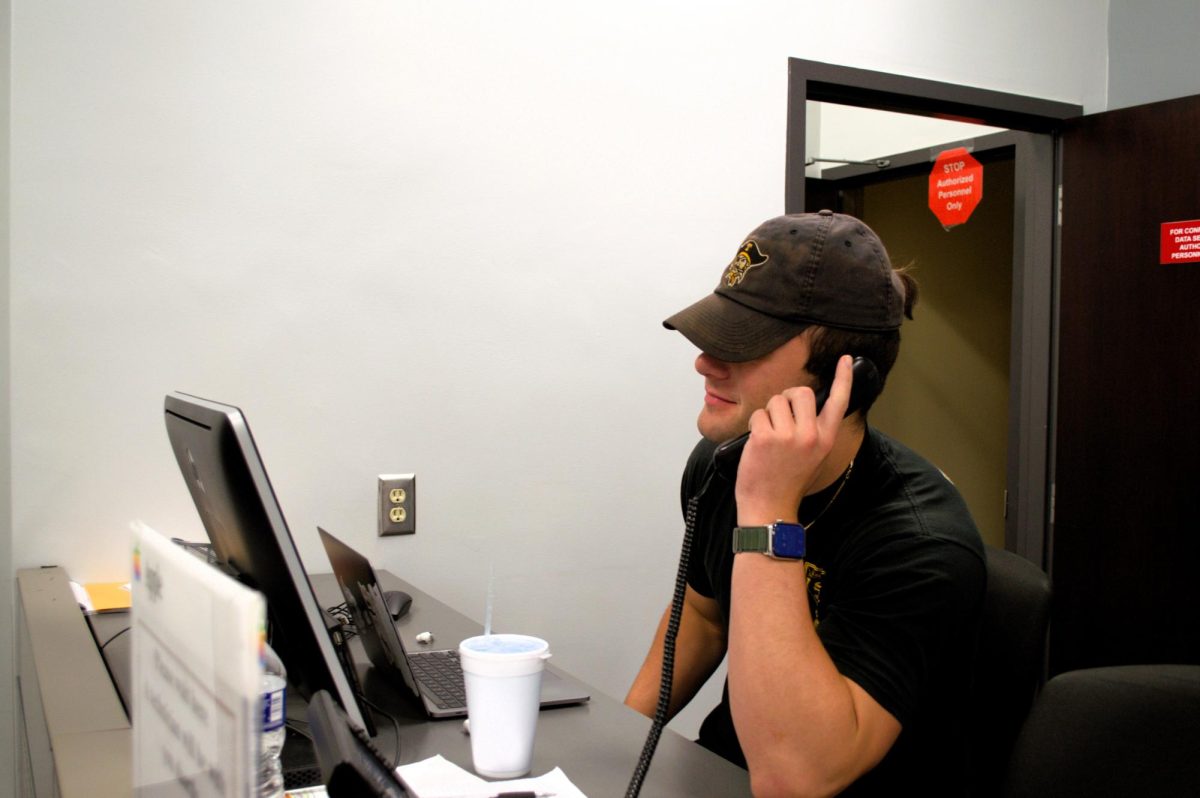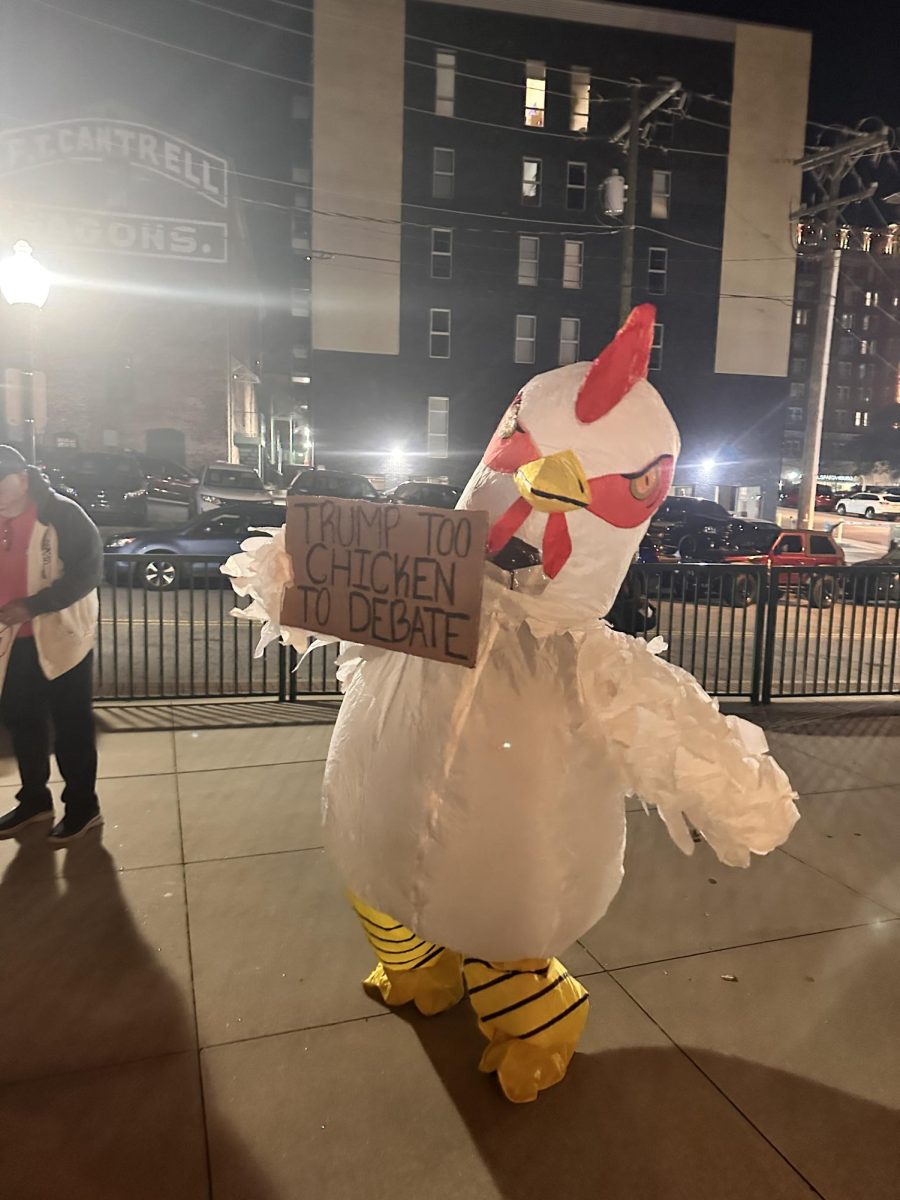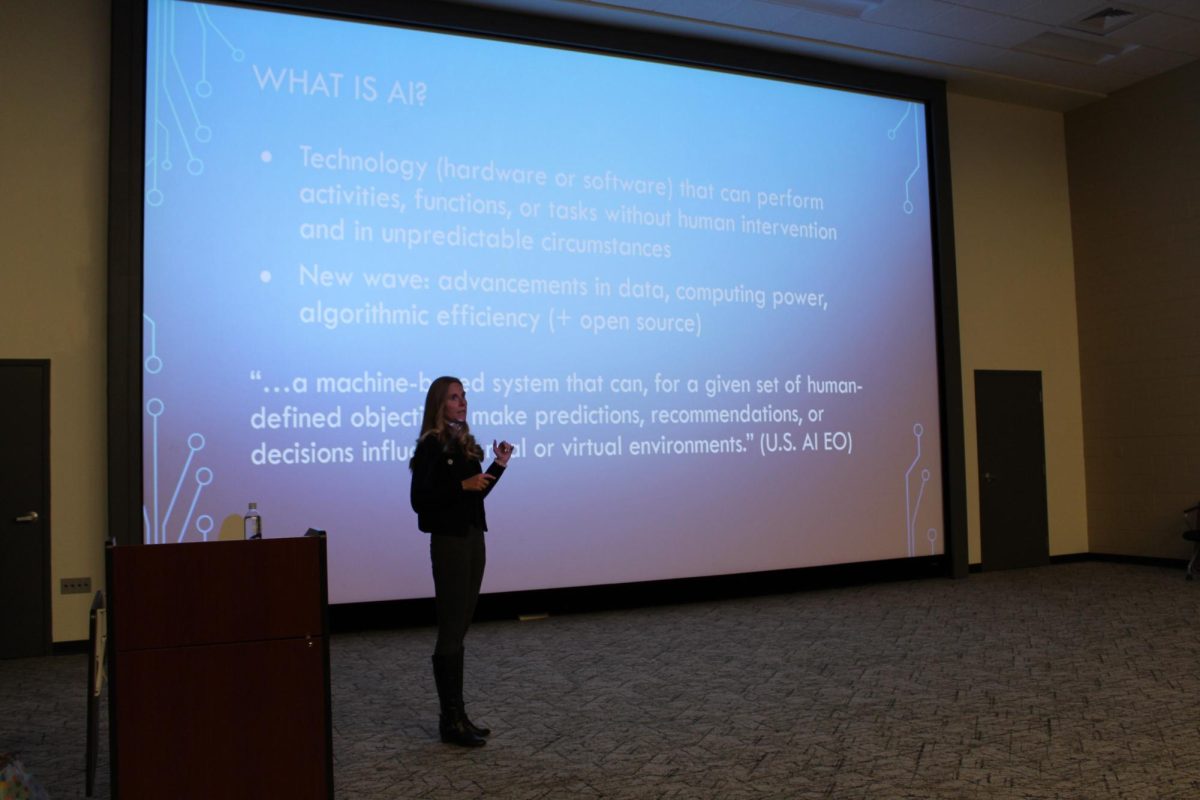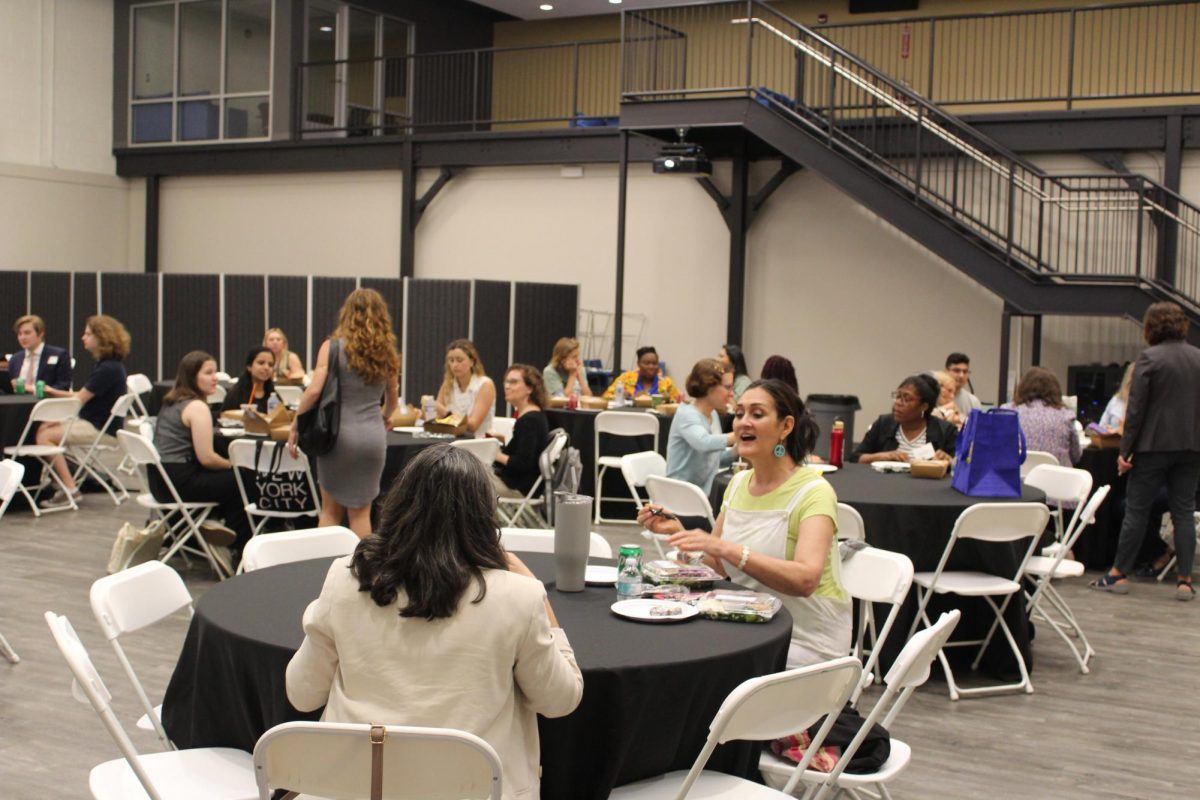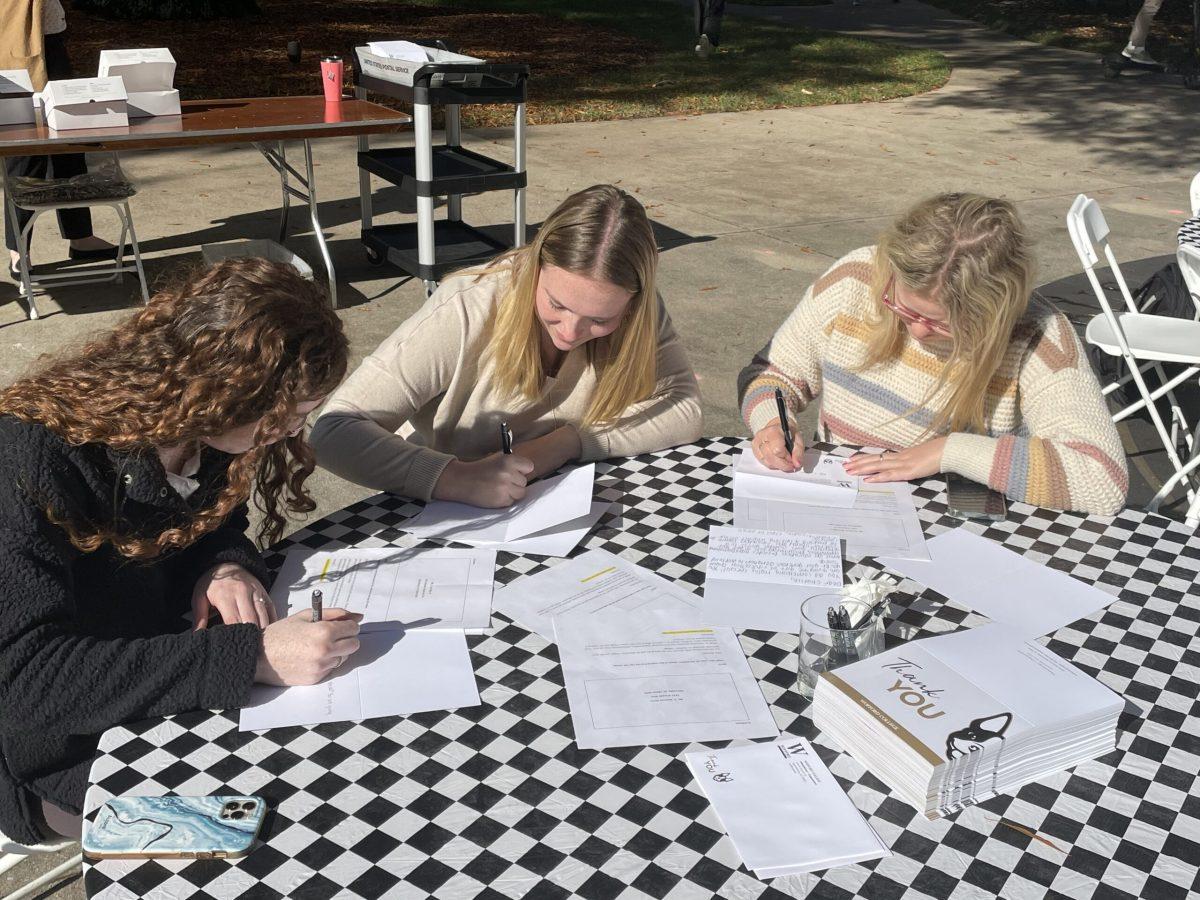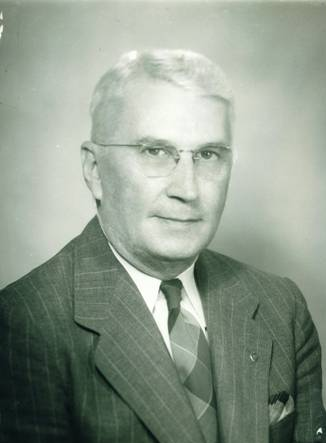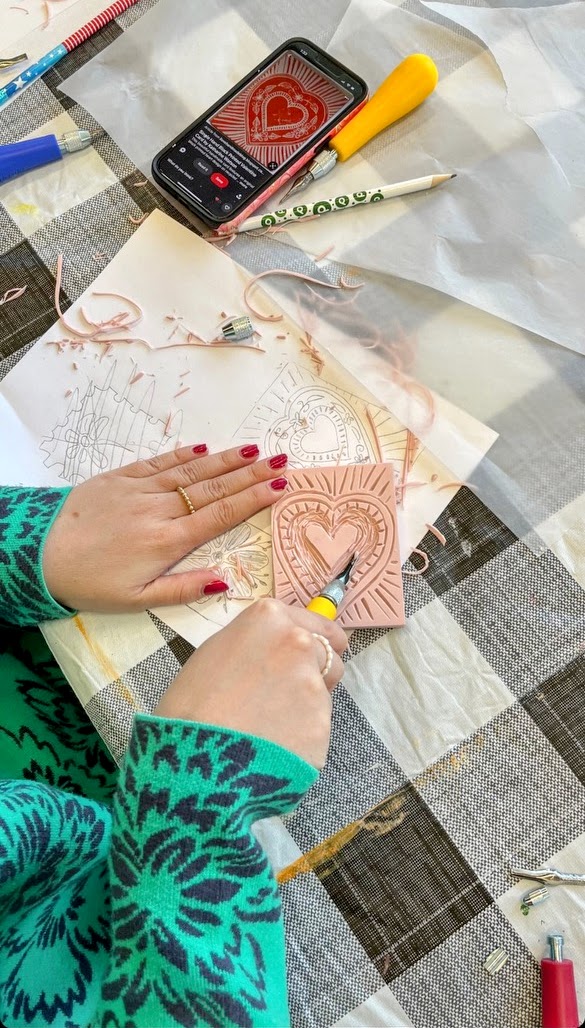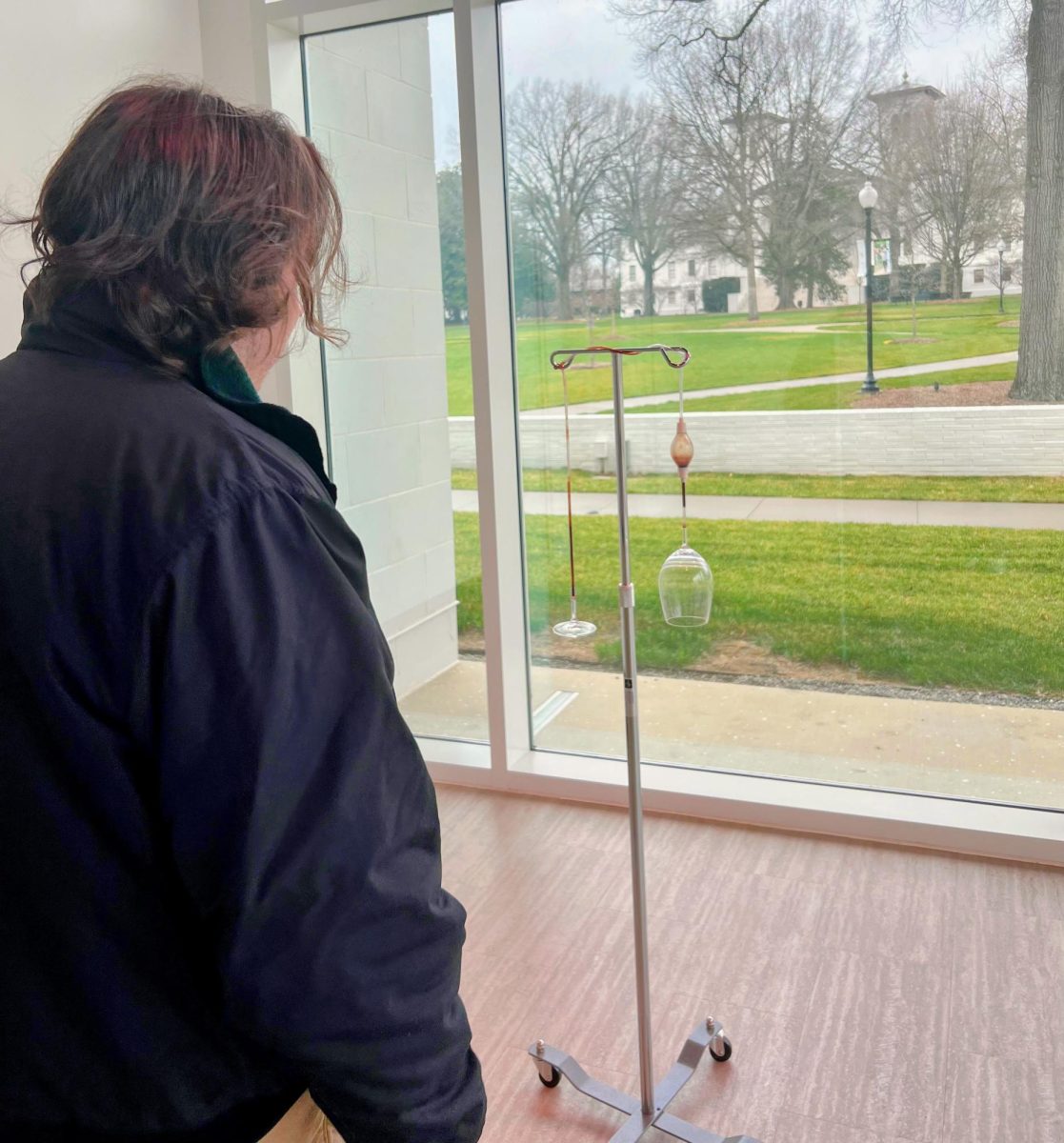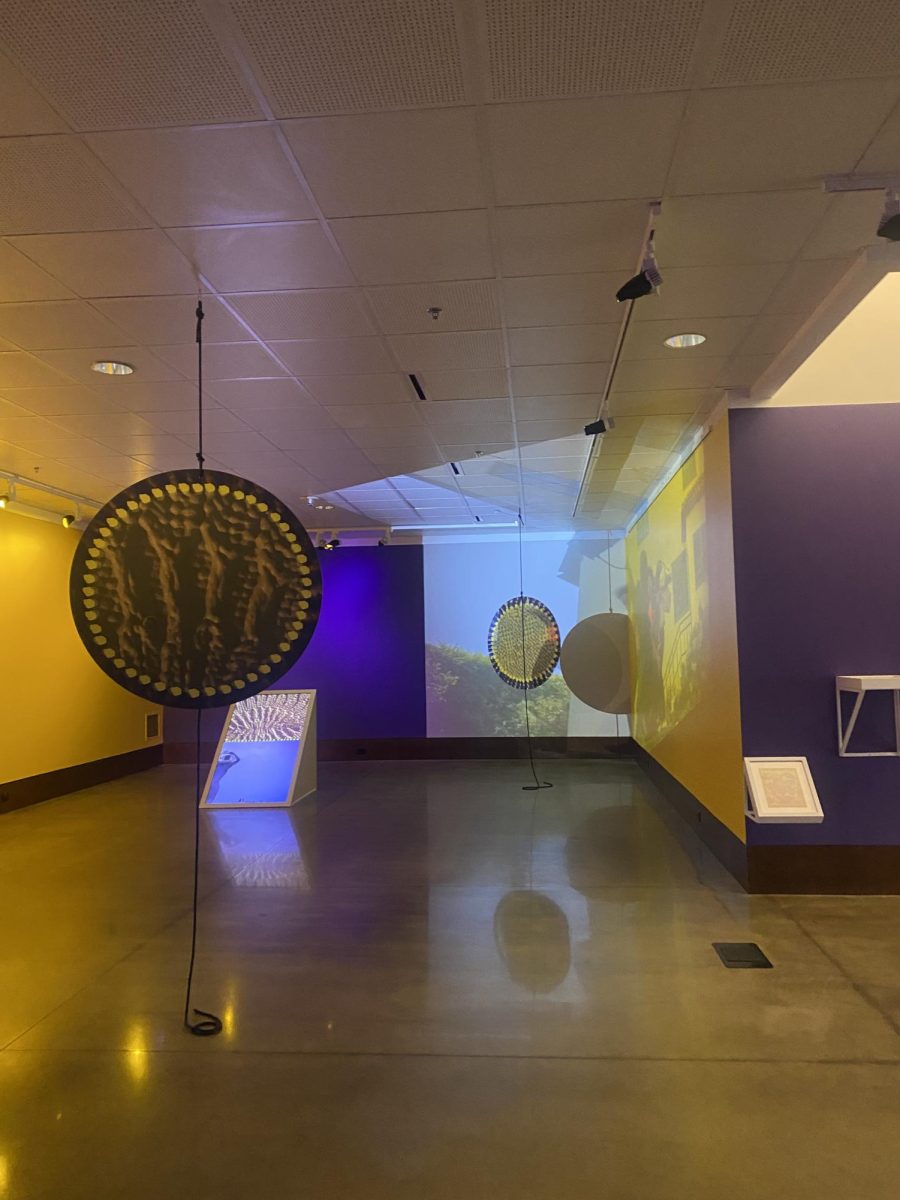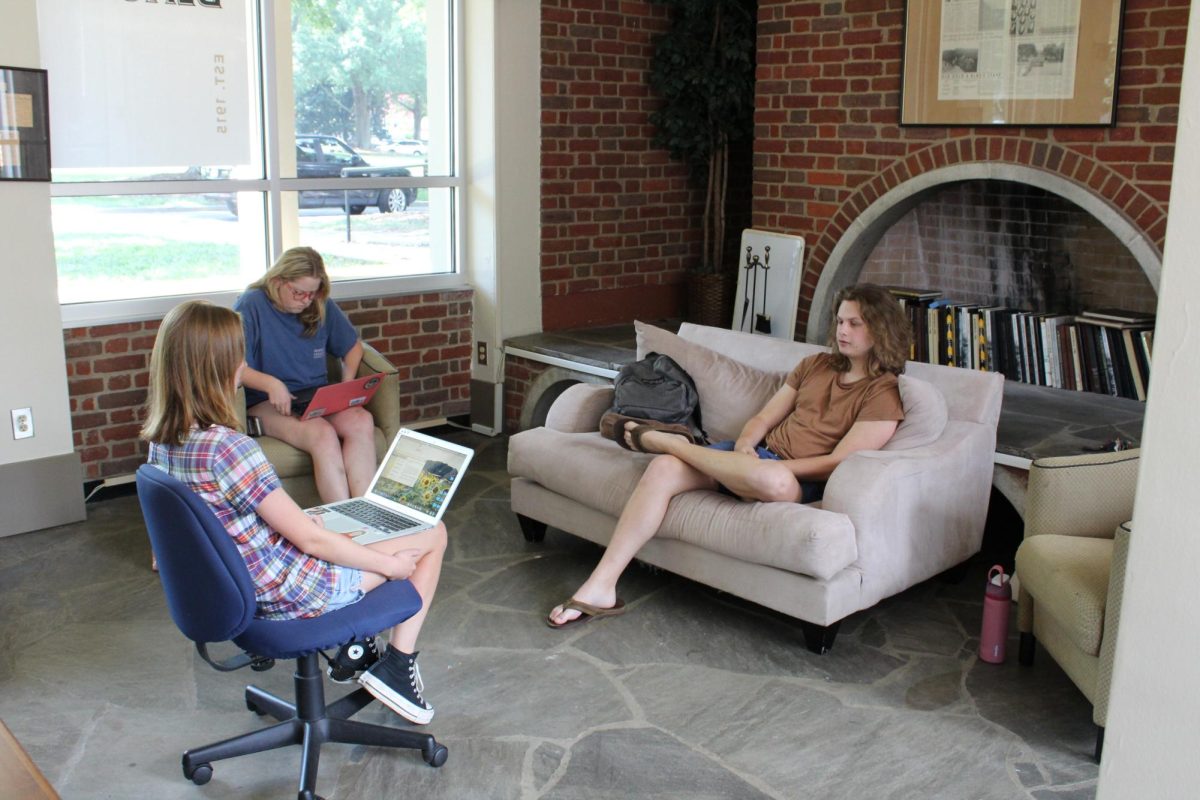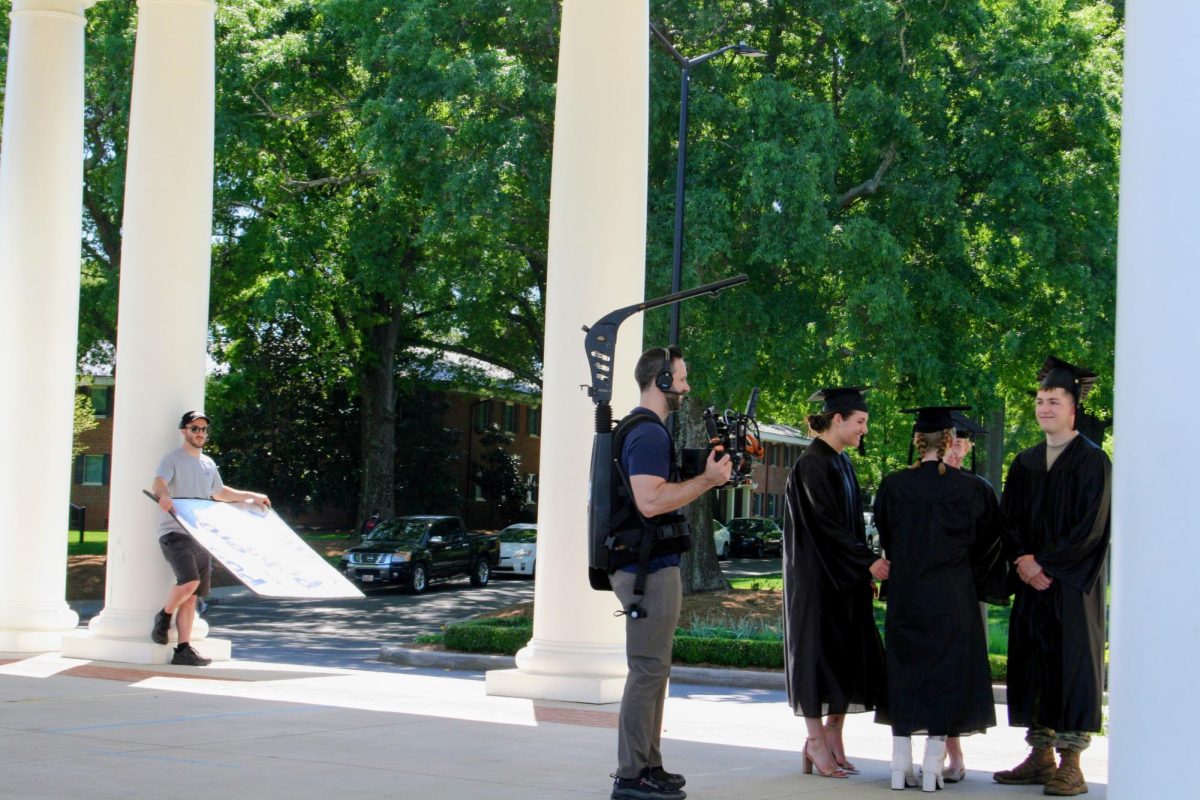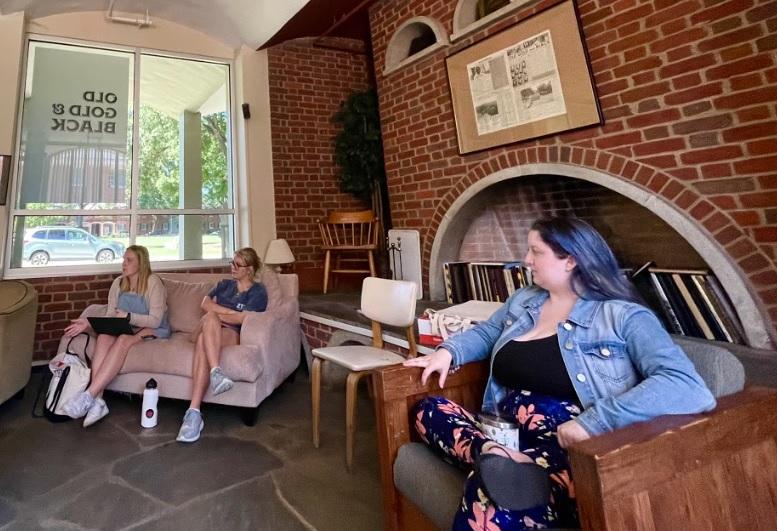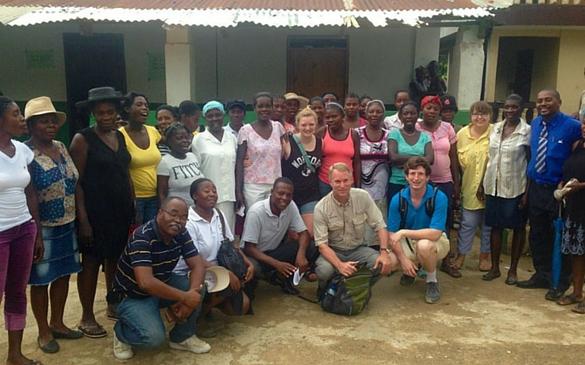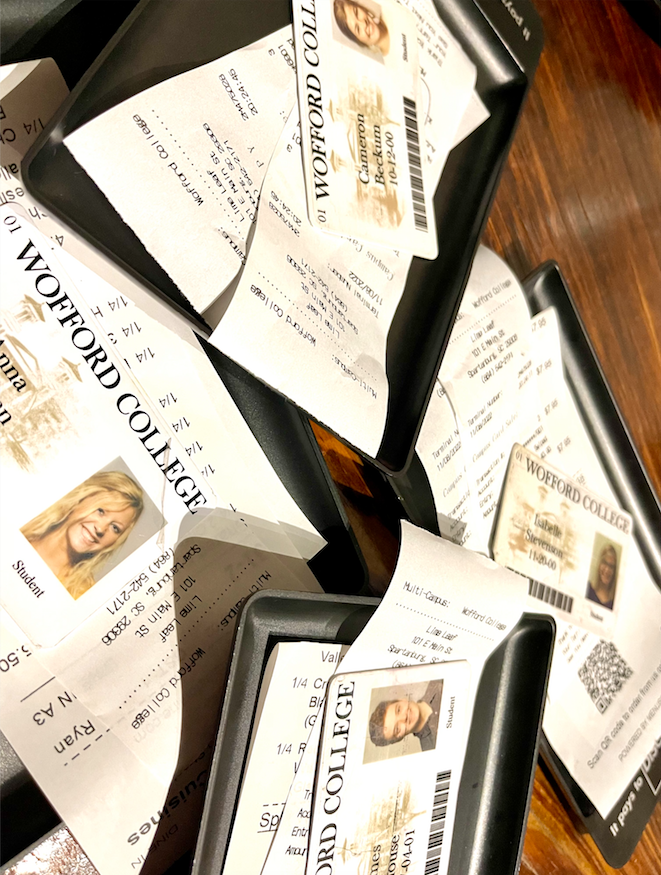By: Katie Sanders, Staff Writer
On Feb. 18, senior Nancy Ford presented the magazine she created as the culmination of her capstone project on microfinance in Latin America and the Caribbean (LAC). In addition to her extensive research on the concept of microfinance, Ford visited Haiti, the Dominican Republic and Nicaragua to observe successful and unsuccessful microfinance initiatives.
Dr. Philip Swicegood introduced Ford, a double major in intercultural studies and finance, to microfinance a little over a year ago, when he invited her to accompany him to Haiti to monitor the loans the James Fund coordinates. This triggered her passion for microfinance as a means of poverty alleviation.
“What initially attracted me is that it seemed to be increasing the capacity of the poor,” she says. “It’s done by the poor and for the poor, to uplift them out of their own poverty. It gives them the capability to believe in themselves, and to help them realize they do have God-given skills, personalities and abilities to make something of their lives.”
Muhammed Yunus, Nobel Prize winner and “Father of Microfinance,” defines the practice as “lending small amounts of money at low interest rates to individuals, families and groups in the developing world.”
Ford cites this definition in her magazine, along with a real world example she saw in Nicaragua.
“Pamela lives with six children and no husband. She went to a local moneylender, known as a loan shark, and borrowed money at a large interest rate. She went to another moneylender to pay off the second loan, and another to pay off the third. She ended up in an overwhelming debt trap.”
“Pamela fled to the capital city and was able to start over. Through a relative, she heard of a restaurant that was running off a loan from a microfinance institution. She went to the MFI the next to day and borrowed 200 dollars at a four percent interest rate.”
These loans are often structured into group loans, so that if one member falls behind for a month, the others can pick up the slack. In the magazine, Ford says that the community-centric and family-oriented culture in LAC is conducive to this type of loan.
“The group loan brought her into a business community and helped her thrive economically,” says Ford.
Not only does microfinance fit with the communal aspect of the LAC culture, but it also works with the natural existence of entrepreneurship.
“This isn’t an uncommon concept in impoverished communities,” explains Ford. “You see people selling things in roadside stands, or washing windshields for money. Microfinance compliments the cultural realities that already exist.”
However, it is not a perfect system. Challenges that arise can be lack of business education, lack of business savvy or strategizing skills, lack of self discipline with money, unforeseen weather events or forgiveness of debt by the MFI, which would undermine the foundation of trust that microfinance is built on.
“It can’t be the ultimate solution for all nations,” says Ford. “The system is built on a foundation of trust from a two-way exchange. This exchange would collapse if the recipient of the loan becomes lax about making payments. They wouldn’t be taken seriously, nor would they take their organization seriously. If other recipients hear about this, they would no longer trust their MFI.”
Despite these challenges, successful models of microfinance do exist.
In the magazine, Ford states, “Microfinance as a whole often promotes teamwork and improves economic statuses of communities. Financially, most MFIs have repayment rates between 90 and 100 percent… Additionally, because MFIs work with such small amounts of capital, a defaulting borrower will not bring down a sufficiently funded system or institution.”
She suggests ways to get involved supporting microfinance.
“For those not involved directly with MFIs, you can donate, support businesses that run off of microloans or subsidize the training of loan officers on the ground.”


